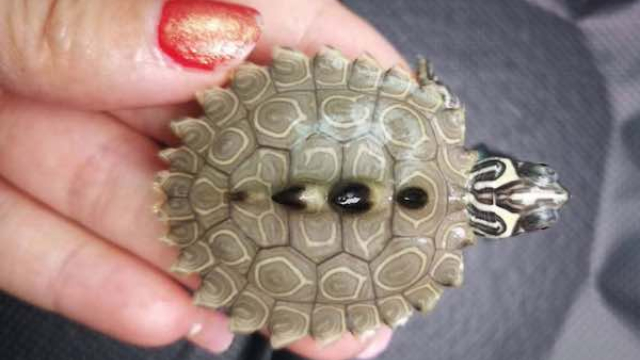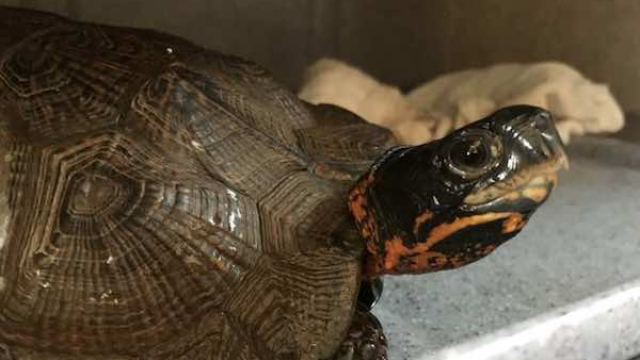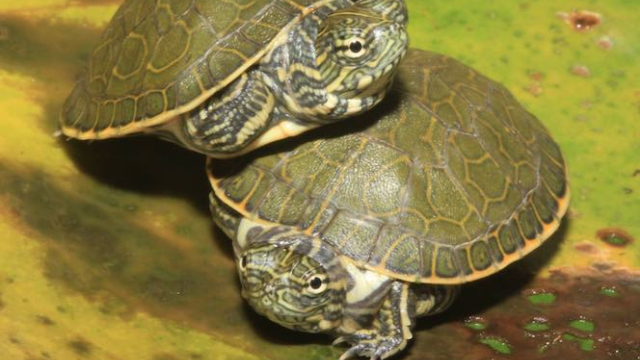How to Take Care of Map Turtle: Everything You Need to Know
While aquatic turtles will indeed make great pets, the problem is that they typically need large enclosures to survive. Thankfully, with species like the map turtle, they are generally smaller, and hence, they do not need to have a large habitat. Also known as saw back turtles, they are endemic in North America. This … Read more


